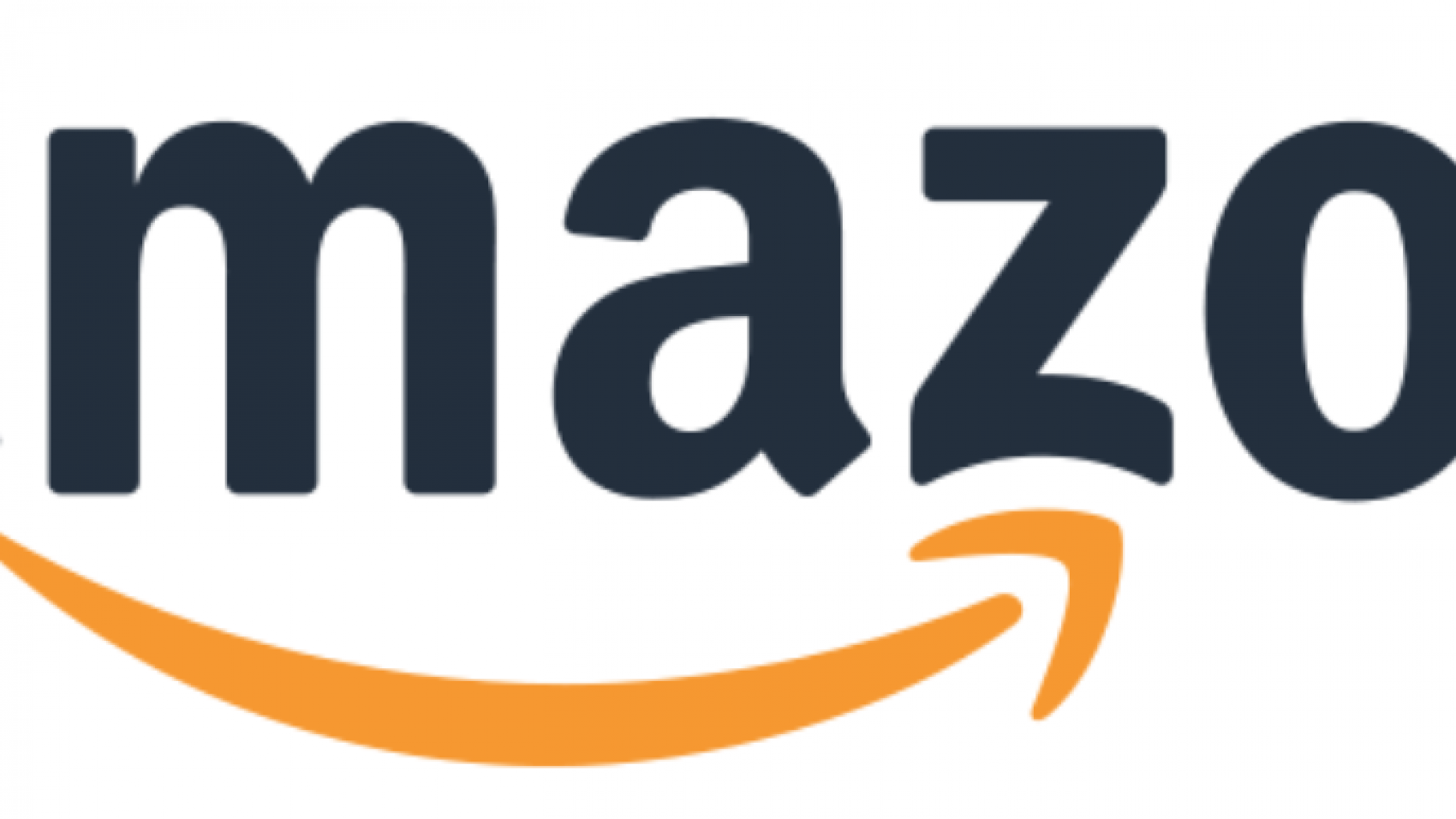Last year I posted a question on Quora asking what healthcare benefits and cost sharing were like at Google. A few answers of the “it’s private” or “No, I can’t say” variety soon surfaced. They have sense been oddly scrubbed from the site. Why the secrecy? Rich benefits are a given at Google. Time spent swerving through traffic to drop off dry cleaning, leaving work for lunch, or stressing about a $3,000 deductible cut into productivity.
Amazon has rich health benefits and is open and posts them online. You still need a Rosetta Stone, along with some data from a corner of the internet, to translate and rank. The below shows my analysis of the benefit level details for single coverage with Amazon in orange (mobile friendly here). The range of gray dots represents the percentiles (10th, 25th, 75th, 90th) of over 200 Services and Retail firms. Lower means lower costs to employees. The last column “EE Dollars for Platinum Coverage” is how much single employees would pay in net premiums for the equivalent of platinum level coverage (10% patient paid on average).
“We offer benefits” is a statement so broad it’s hard to know what it means. Both are cars, but a Hyundai is not a Tesla. And the information asymmetry that employers have, plus employee healthcare and financial literacy challenges, means it will largely stay that way. More data will bubble up and help prospective employees who are keen enough to look and reply: “The offer is good but we’re $1,500 off on benefits competitiveness.” It could help employers see how much of a difference $500 can make to employees and focus employers value lens on how dollars are spent.

